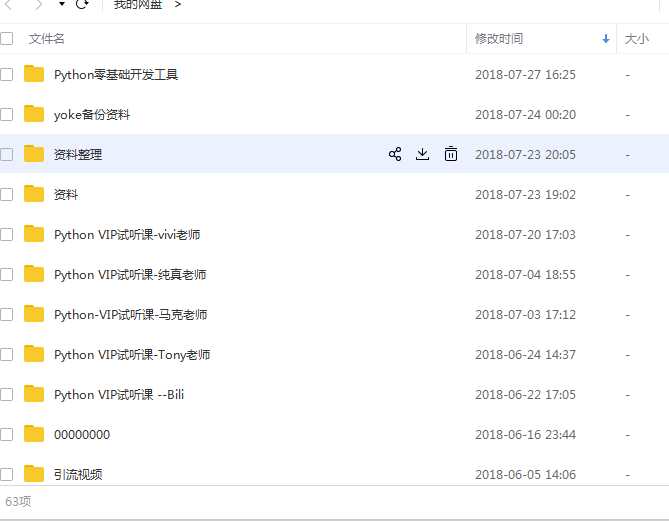标签:类型 inf 实例变量 使用 信息 function info stat def
self作为第一个参数。cls作为第一个参数,以@classmethod修饰。@staticmethod修饰。self.开头的变量。self.__class__.class_field_name:这种方法肯定成功。self.class_field_name:如果成员变量中没有与类变量同名的变量,则该方法也可以调用类变量。class_name.class_field_name:通过类名直接引用。self.instant_field_name。
class Foo:
# 定义类变量
class_field = "class field"
field = "class normal field"
def __init__(self, x, y=1):
# 构造器定义,默认构造器为无参数,内容只有一行pass
# 可以设置参数,如上,则x必填,y选填
# 只能有一个构造器
print("Foo constructor", x, y)
# 定义成员变量
self.x = x
self.field = "instant normal field"
def instant_function(self, field="method field"):
print("实例方法")
print(self.class_field)
print(self.__class__.class_field)
# 对于同名变量的处理
print(field)
print(self.field)
print(self.__class__.field)
print(Foo.field)
@classmethod
def class_function(cls):
print("类方法")
@staticmethod
def static_function():
print("静态方法")
foo = Foo(1)
foo.instant_function()
# 输出
# Foo constructor 1 1
# 实例方法
# class field
# class field
# method field
# instant normal field
# class normal field
# class normal field__mro__class Father:
@classmethod
def class_method(cls, message):
print(‘Father class method‘, message)
@staticmethod
def static_method():
print(‘Father static method‘)
def __init__(self):
print(‘father constructor‘)
def method1(self, message):
print(‘Father method1‘, message)
def method2(self, message):
print(‘Father method2‘, message)
class Son(Father):
@classmethod
def class_method(cls):
print(‘Son class method‘)
@staticmethod
def static_method(message):
print(‘Son static method‘, message)
def __init__(self, x, y=2):
# 就算不调用父类也没关系
# super方式调用父类构造器
super(Son, self).__init__()
print(‘son constructor‘)
def method1(self):
# 与父类方法名相同,参数不同
# 直接覆盖父类方法
print(‘Son method1‘)
def method2(self, message):
# 与父类方法名相同,参数相同
# 覆盖父类方法
# 调用父类方法
# super方式调用父类方法
super(Son, self).method2(message)
print(‘Son method2‘)
son = Son(1)
son.class_method()
son.static_method("son")
# 输出
# father constructor
# son constructor
# Son class method
# Son static method son__开头的变量/方法,就是私有变量/方法。__field_name或__method_name进行访问,但可以通过_class_name__field_name或_class_name__method_name访问。_method(),则: from somemodule import _method导入方法成功。from somemodule import *则不会导入_method方法。class Foo:
__class_field_name = ‘private class field name‘
def __init__(self):
__instant_field_name = ‘private instant field name‘
def __private_method(self):
print(‘private method‘)
foo = Foo()
print(foo._Foo__class_field_name) #
foo._Foo__private_method()
标签:类型 inf 实例变量 使用 信息 function info stat def
原文地址:https://www.cnblogs.com/zxcv1234/p/9397677.html